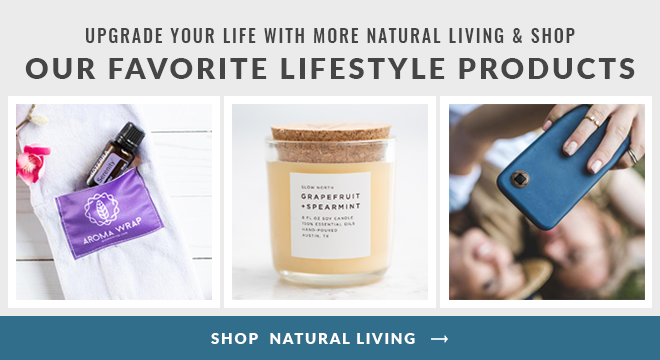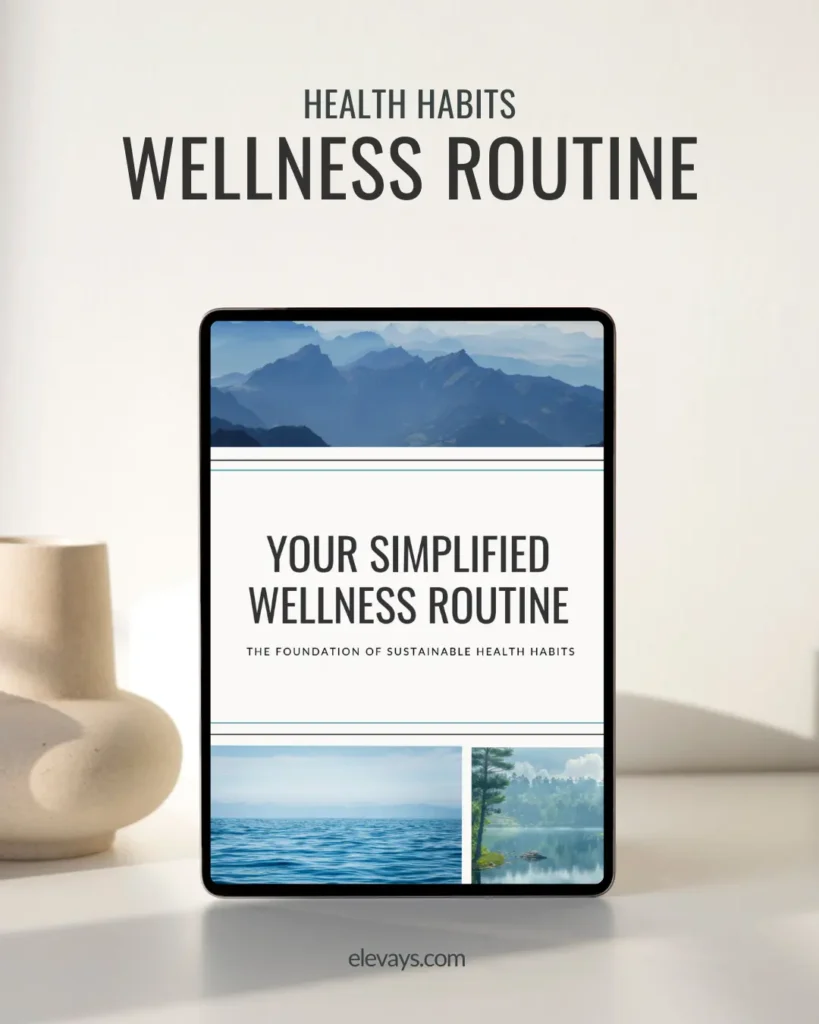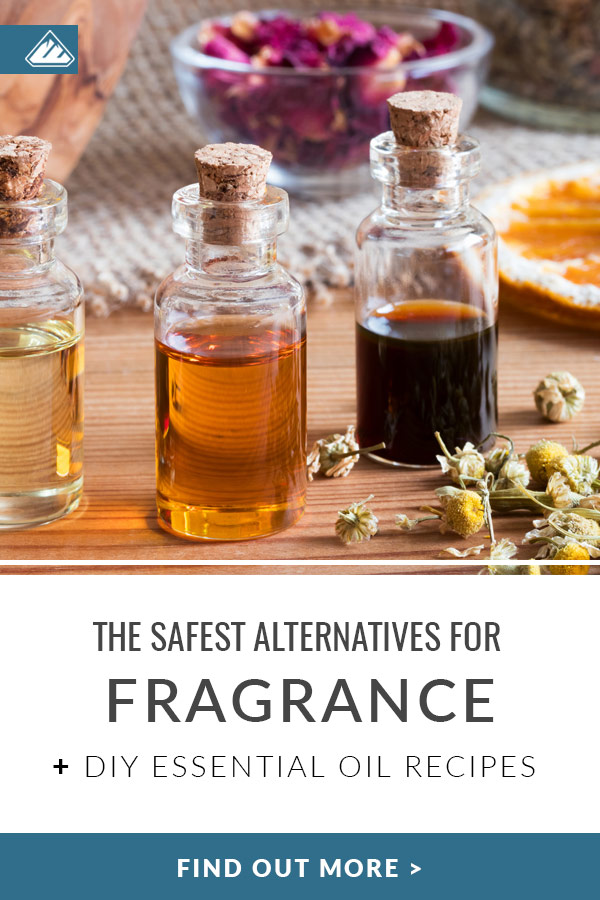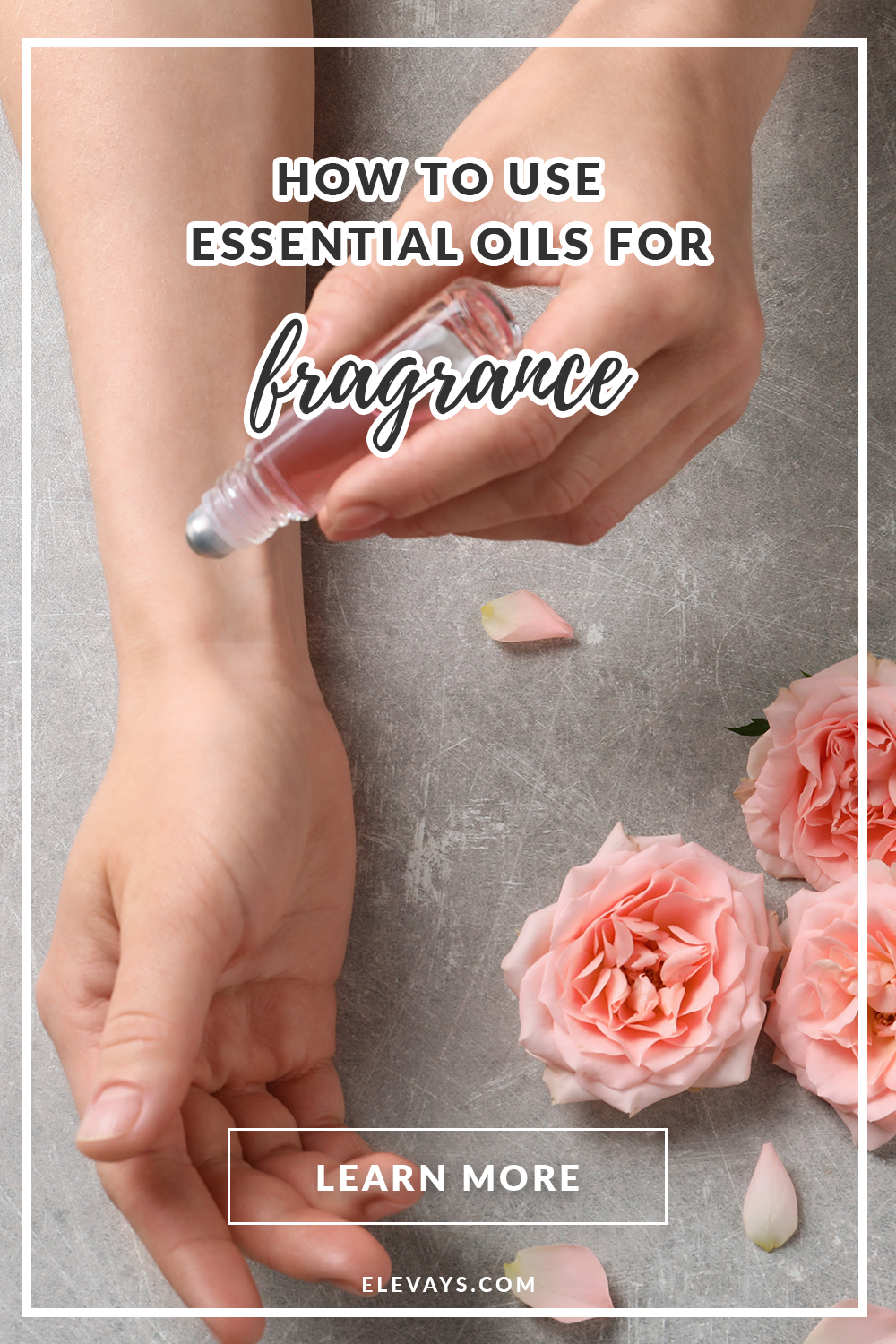Have you ever bought your shampoo based on how it smelled or added a sweet floral candle to your bathroom? I’m sure like most of us you have, but do you know where that fragrance is coming from? Like most quick fixes, those scents may please your nose in the short term they will only hurt you in the end.
The fragrance ingredients in household items, beauty products, and perfumes are synthetic chemicals designed in a lab to mimic smells from the natural world. So that “rose” or “plumeria” body spray has nothing to do with flowers and everything to do with a combination of petrochemicals. All of which do not have to be listed on the label.
TRUTH BOMB:
You’re
Already killing it!
If You Were More Consistent With Your Wellness Routine, You’d Be Unstoppable.
You might be wondering how companies can get away with putting this stuff in our body wash without telling us about it. Well, the Federal Fair Packaging and Labeling Act of 1973 leaves out the need to include fragrance ingredients on labels. It’s kind of a loophole that means even if chemicals are harmful, companies can still lump them in (1).
Chemicals like styrenes and phthalates are known endocrine disruptors and carcinogens and are extremely common in fragrance. Phthalates have also been linked to low sperm count and infertility. The most concerning part? They are banned in most countries, even Canada and China- but not in the U.S.
Some of the other harmful chemicals in perfume are actually listed on the EPA’s hazardous waste list. Examples of this are benzene, ethanol, acetone, methylene chloride and even formaldehyde. Yep, you read that right. Some of these are central nervous system depressants and are known to cause cancer (2). So why are we literally bathing our bodies with this stuff every day?
The dangers of fragrance in cosmetics and household products are not to be ignored. And then there are the allergic reactions. Have you ever heard of chemical sensitivity? Some people are particularly vulnerable to chemical scent and it can trigger migraines, asthma and other allergic reactions when they come into contact with it. So not only is fragrance bad for the person wearing it, it’s bad for everyone around them too.
These chemicals are hard to avoid because synthetic fragrance is in so many things around our homes and beauty products, but this is where you need to take matters into your own hands and really start checking those labels. Anytime you see “fragrance” beware. If you’re smelling something, the label should show the natural sources where that scent is coming from, like essential oils. And don’t worry, there are non-toxic perfume alternatives out there, so keep reading to find out about natural perfume.
What are Essential Oils?
A fragrance oil is synthetic, while an essential oil is naturally derived and in some cases, even medicinal. The definition of an essential oil is a natural oil obtained by steam distillation and having the fragrance of the plant it was extracted from. The process of producing an essential oil distills the plant down to its most potent form and produces an oil that is packed with all sorts of beneficial properties.
Uses of Essential Oils
Home
Some of the home uses of essential oils are cleaning the house, freshening up the air, or even washing and scenting your clothing.
Cosmetic
Some of the cosmetic uses of essential oils are skin, hair and body care products. Essential oils can have anti-aging properties, help with acne, sun spots and even dandruff. Not only do they add a lovely scent to your products but unlike synthetic fragrance, they are actually good for you.
Health
The health benefits of essential oils are endless. They can be hormone balancing, anti-microbial, immune boosting and supportive for ailments like anxiety, nausea, headaches, fatigue, bug bites, eczema, allergies and seriously, the list could go on and on.
The average price point for an essential oil is thirty bucks. Oils like orange will run cheaper because they are easier to access and extract, whereas frankincense (which is a resin from a specific tree) is more expensive. I know that’s a little high cost and this is exactly why companies save money by using synthetic fragrance instead of essential oils.
It takes a ton of plant matter to make an essential oil which is why it’s so expensive. Also, a word to the wise, if you find a cheap essential oil that contains the word fragrance on it, or doesn’t have the Latin name of the plant, then beware, it’s probably a knock off.
Replacing Fragrance with Essential Oils
Here are some places fragrance might be hiding and what you can use to replace it.
Candles
That’s right, if your candle says fragrance, you’re literally burning petrochemicals for you, your kids and pets to breath in. But there are some great soy-based or beeswax candles out there with essential oils. They will leave you with a sweet smelling home, along with the benefits of aromatherapy.
Room Spray or Febreze
It may take the odors out, but it leaves a whole bunch of chemicals behind. So instead of neutralizing cooking smells or other bad odors with something like Febreze, try an organic home spray with essential oils.
Organic Home Spray Recipe
- 2 oz glass spray bottle
- 5 drops of sweet orange essential oil
- 5 drops of peppermint essential oil
- purified water
Just add all these to your bottle and shake well. Now you’ve got a great smelling and potent spray that attacks bad smells without any toxic fragrance. We’ve got some other great recipes on the blog too.
Plug-In Scents
Not only do these have a ridiculous amount of chemicals in them, but they are usually packaged in plastic and then heated. Try a diffuser instead and rotate your favorite essential oils depending on your mood. These are a really economical way to get the most out of your essential oils, and again you get the benefits of aromatherapy too.
Linen Sprays
Please don’t spray your pillow or sheets with fragrance. We spend more time in our beds than anywhere else so keeping that area free of toxins is important. Try a DIY linen spray instead.
DIY Linen Spray Recipe
- 2 oz glass bottle
- 10 drops of lavender essential oil
- purified water
Yes, it’s that easy. And the lavender will prepare you for sleep and help ease any nighttime anxiety.
Drawer Sachets
You know the ones that you stick inside a drawer with potpourri in them, which is basically just dried plant matter covered in strong smelling synthetic fragrance. Replace those toxic sachets with a little sheer bag filled with actual dried flowers like rose or lavender. And if you want a stronger scent, put a few drops of essential oils on the flowers.
Dryer Sheets
Instead of conventional dryer sheets covered in chemical fragrance, add a little wool ball to your dryer with a few drops of essential oil on it. It will help with static and leave your clothes smelling fresh, without the toxic load. I talk more about how to keep your laundry room toxin free here.
Perfume
Fragrance perfume is easily one of the more toxic cosmetics, so try replacing it with essential oil diffuser jewelry or even just non-toxic perfume roll-on of essential oils with a carrier oil. A homemade perfume will give you the benefits of aromatherapy and leave you smelling fresh and unique wherever you go.
Shampoo and Conditioner
Even brands that you find in fancy organic stores may have hidden synthetic chemicals in them. So try a fragrance-free organic shampoo and conditioner and add your own essential oils to the bottle. That way you can scent it however you want, and get the benefits of essential oils like rosemary which stimulate hair growth or tea tree which cleans the scalp and helps prevent against dandruff.
If you’re ready to go all in with essential oils to replace your fragrance I’ve shared some of my favorite accessories on the blog and there really is something for everyone.
But what about you? Have you found some great alternatives or DIY ways to replace the synthetic fragrances in your home? I’d love to hear your experience and if you have any ideas about how to minimize the effects of toxins! Leave a comment below and share!
Sources:
- Scientific American (2018). “Scent of Danger: Are There Toxic Ingredients in Perfumes and Colognes?” Retrieved from: https://www.scientificamerican.com/article/toxic-perfumes-and-colognes/
- Valek, Sarah (2018). “What Chemicals Are in Perfume?” Retrieved from: https://www.leaf.tv/articles/what-chemicals-are-in-perfume/








READ the Latest
Health Habits
Health Habits
Longevity
Longevity
2 Comments